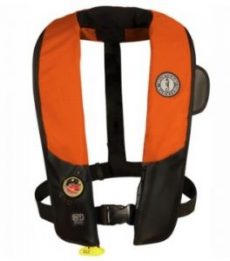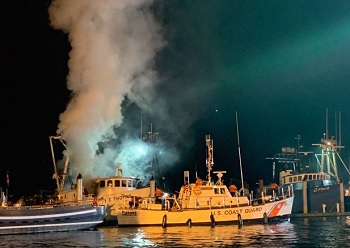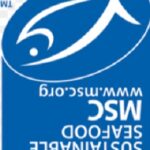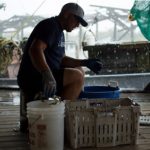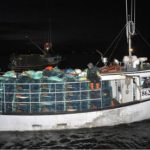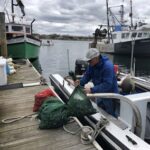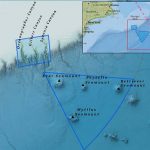Tag Archives: NTSB Investigation
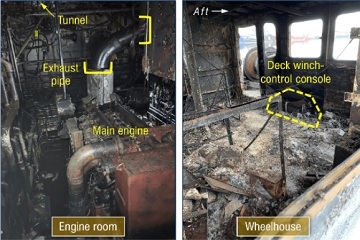
F/V Nobska: Back-to-Back Hydraulic Hose Failures Caused Destructive Blaze
On April 30, 2021, while fishing for haddock at Georges Bank, the crew of the F/V Nobska spotted a fire on the lagging of the main engine’s exhaust pipe. After putting it out, they determined that the source of the fuel was a broken hydraulic hose located in a pipe tunnel, which ran between the wheelhouse and the engine room. The crew replaced the hydraulic hose and removed the oil-soaked lagging from the exhaust pipe, leaving the pipe bare. With the situation apparently resolved, they went back to fishing. About four hours later, the captain of the Nobska noticed that there was black smoke coming out from underneath the wheelhouse winch-control console,,, >click to read< – SEARCH RESULTS FOR: F/V NOBSKA 19: 40

F/V Scandies Rose: Inaccurate Stability Instructions, Ice Accumulation Led to Fatal Sinking
NTSB issues 7 Safety Recommendations from its investigation into the F/V Scandies Rose sinking. The 130-foot crab fishing vessel capsized and sank on December 31, 2019, The investigation found that although the crew loaded the Scandies Rose per the stability instructions on board, the instructions were inaccurate and, as a result, the vessel did not meet regulatory stability criteria and was more susceptible to capsizing. The NTSB made seven recommendations, including four to the Coast Guard, one to the North Pacific Fishing Vessel Owners’ Association, one to the National Oceanic and Atmospheric Administration and one to the National Weather Service. The agency also reiterated two safety recommendations previously issued to the U.S. Coast Guard. >click to read<,– to review all related articles, >click here<10:32



































